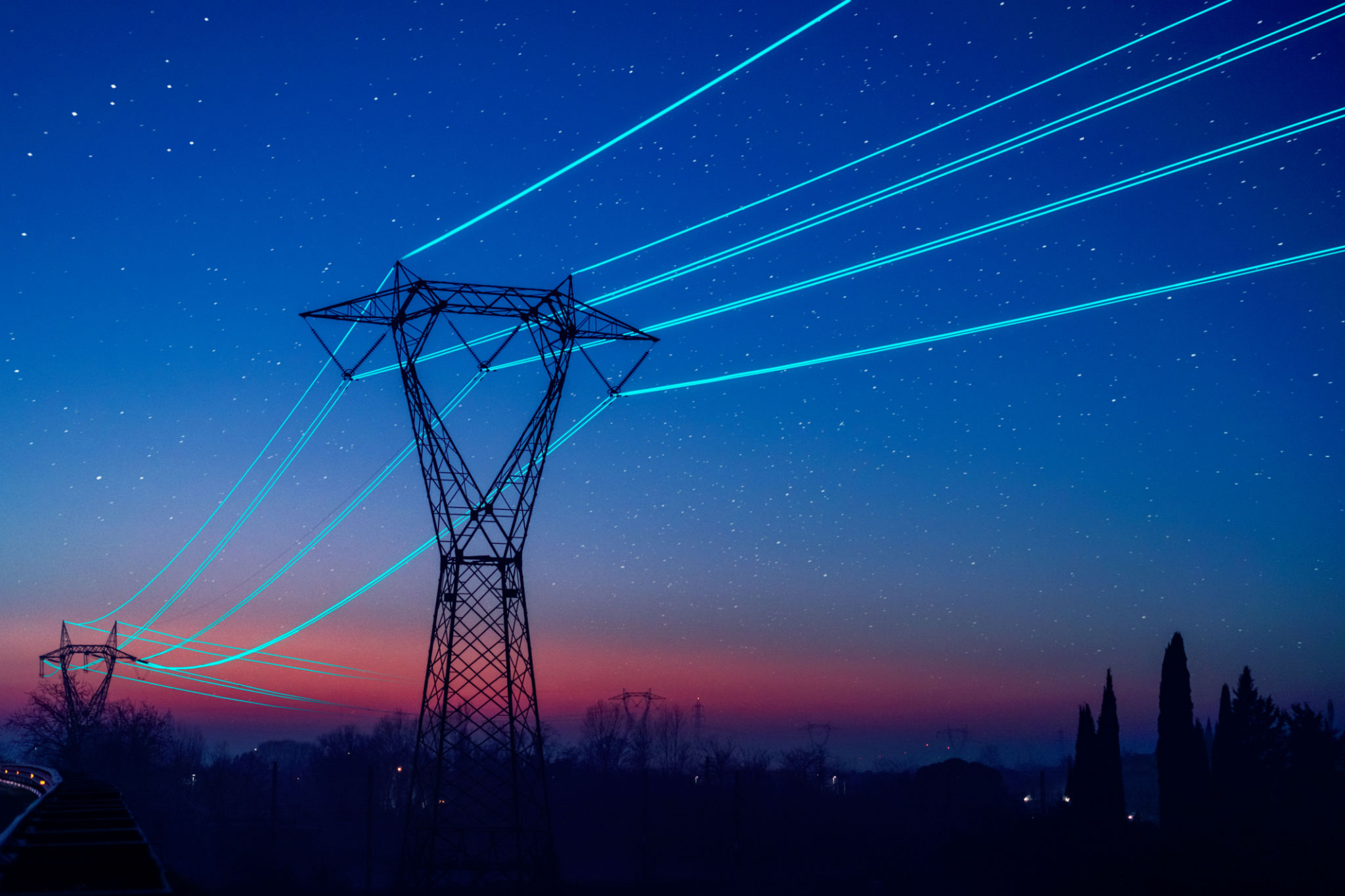How Seasonal Changes Impact Bird Flight Patterns Around Power Lines
Understanding Bird Flight Patterns
Birds are incredible navigators, capable of covering vast distances during their migrations. However, their flight patterns can be significantly affected by seasonal changes. One particular area of interest is how these changes influence bird behavior around power lines. The presence of power lines in natural landscapes can present challenges and obstacles for birds, especially when environmental conditions shift.

The Influence of Seasonal Changes
As seasons change, so do the weather conditions, which can impact bird flight patterns. In spring and fall, many bird species migrate to and from their breeding grounds. During these times, they are more likely to encounter power lines. The change in temperature, wind patterns, and daylight can all influence how birds navigate around these structures.
Winter and summer also play roles in altering bird behavior. In winter, birds may change their routes to avoid cold fronts or to find food sources, which might lead them closer to power lines. Conversely, in summer, the heat can affect thermal currents that birds use for soaring, altering their flight paths.
Migratory Paths and Power Lines
Power lines often intersect with migratory paths, posing a risk for birds. During migration seasons, birds travel long distances and may not be familiar with the obstacles they encounter. Power lines can be difficult for birds to see, especially during low-light conditions at dawn or dusk.

Birds use the Earth's magnetic fields and visual cues to navigate. When these cues are disrupted by man-made structures like power lines, it can lead to disorientation. This is especially true for younger birds making their first migrations without prior knowledge of such obstacles.
Adaptations and Behavioral Changes
Over time, some bird species have adapted to the presence of power lines. They may alter their flight height or adjust their routes slightly to avoid collision. However, not all species are equally adept at making these adjustments, and some remain at high risk.
Conservation efforts are ongoing to mitigate the impact of power lines on bird populations. Some strategies include marking power lines with visible markers or installing devices that emit sounds to alert birds to their presence.

Steps Towards Safer Bird Migration
Efforts to reduce bird collisions with power lines have become a priority for conservationists. These efforts include:
- Installing bird diverters on power lines to increase visibility.
- Implementing technological solutions such as radar systems to detect bird flocks and temporarily shut down power lines.
- Conducting research to better understand migratory patterns and adjust infrastructure accordingly.
The implementation of these measures has shown promise in reducing the number of bird collisions with power lines, ultimately contributing to the protection of avian species during their seasonal migrations.
The Role of Technology in Bird Conservation
Technological advancements are playing an increasing role in protecting birds from power line collisions. Innovations such as GPS tracking devices help researchers monitor bird movements more accurately, providing valuable data on how birds interact with power lines across different seasons.
Moreover, collaboration between energy companies and wildlife organizations is crucial for developing effective strategies that balance human infrastructure needs with wildlife conservation.
As we continue to explore the interplay between seasonal changes and bird flight patterns around power lines, it is clear that understanding and mitigating these impacts is essential for preserving biodiversity and ensuring the safe passage of migratory birds.